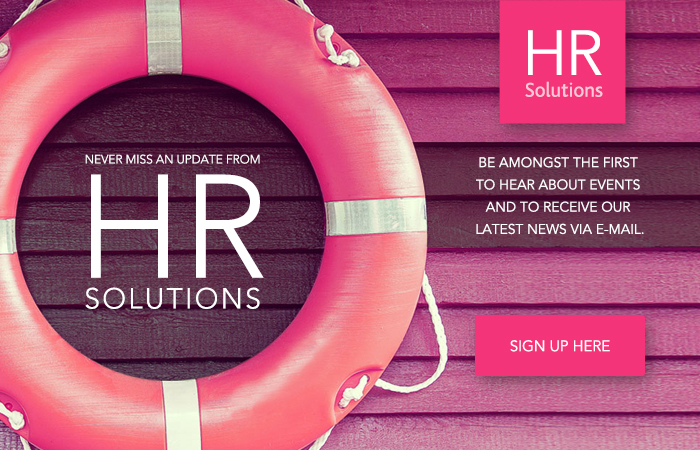
A survey of over 2,000 UK employees found that more than a third (37%) have been victim to bullying in the workplace.
While it’s a challenge to find up to date statistics on the state of bullying in the workplace in the UK, there is an interesting 2015 survey that was conducted for solicitors Slater and Gordon, which found that more than a third (37%) have been victim to bullying in the workplace. A further 21% of respondents stated that they had witnessed colleagues being harassed or bullied whilst at work. However, despite these staggering figures about workplace bullying, 52% of those that had either been victim or witness to bullying said that they had not taken any action.
So how do you manage bullying if you suspect it is happening in your company?
This is the HR Solutions guide to what you need to know about managing bullying in the workplace.
Bullying and Harassment
Bullying and harassment are defined as “behaviour that makes someone feel intimidated or offended”. Whilst acts of bullying are not legally prohibited, harassment is considered against the law thanks to the Equality Act 2010.
According to the government, bullying or harassing behaviour can include:
- Spreading malicious rumours
- Unfair treatment
- Picking on someone
- Regularly undermining a competent worker
- Denying someone training or promotion opportunities
This behaviour is categorised as harassment if it relates to:
- Age
- Sex
- Disability
- Gender reassignment
- Marriage and Civil Partnership
- Pregnancy and Maternity
- Race
- Religion or Belief
- Sexual Orientation
Although this may be going on without your knowledge, the prevention of bullying and harassment is still your responsibility. The employer is liable for any harassment suffered by their employees during the course of their work.
Besides the legal ramifications, there are also business reasons for preventing workplace bullying in your company. The impact on your organisation can include reduced work output, impaired decision making and an increase in errors. That’s in addition to the actual costs of absenteeism and high staff turnover.
Recognising Bullying in the Workplace
Bullying in the workplace can be difficult to recognise, particularly if the victim is new to the company. They may be reluctant to speak out as they believe the behaviour to be representative of the overall culture, or because they are worried that their new colleagues will find them to be weak. Additionally, something that one person may consider bullying could be considered fair by someone else.
This is why it is important for employers to clearly state what they consider to be unacceptable behaviour.
Acas advice regarding workplace bullying is that your personnel policies should include the following:
- A statement of commitment from senior management
- Acknowledgement that bullying and harassment are problems for the organisation
- A clear statement that bullying and harassment is unlawful and will not be tolerated
- Examples of unacceptable behaviour
- A statement that bullying and harassment may be treated as disciplinary offences
- The steps the company takes to prevent bullying and harassment
- Responsibilities of supervisors and management
- Confidentiality for any complaint
- Reference to formal and informal grievance procedures including timescales
- Investigation procedures including timescales
- How the policy will be implemented, reviewed and monitored
You should also make it clear that your business will not tolerate any bullying or harassment of employees by visitors or customers.
How to Manage Workplace Bullying
The first step to tackling the workplace bullying problem is to identify if and how you are enabling the behaviour. Are you allowing inappropriate conduct to occur, such as not stopping a bully from demeaning a colleague? Do you facilitate splits in your department rather than making it clear that people need to work together? Do you see evidence of bullying or harassment and do nothing to counter it?
It can be uncomfortable getting involved in interpersonal disputes, but if you do not manage these issues when they arise the cost to your business can be high. Make sure that your work environment does not stand for bullying or harassment.
Counselling is an informal and confidential way of ascertaining the facts of a workplace bullying situation. It is a useful investigatory tool if you have any doubt as to the validity of a complaint.
Mediation is the next stage. This is a voluntary process where a mediator helps the conflicting parties to find a solution to their disagreement. However, this only works when both parties are committed to repairing their working relationship.
If it is a situation where an informal discussion with the affected parties will be enough to genuinely resolve the issue, then make this happen. However be sure that this course of action does not passively allow the bullying behaviour to continue. If the accusations of bullying or harassment are serious enough to warrant a formal investigation, your clearly defined personnel policies will help to guide you through the appropriate disciplinary process.








